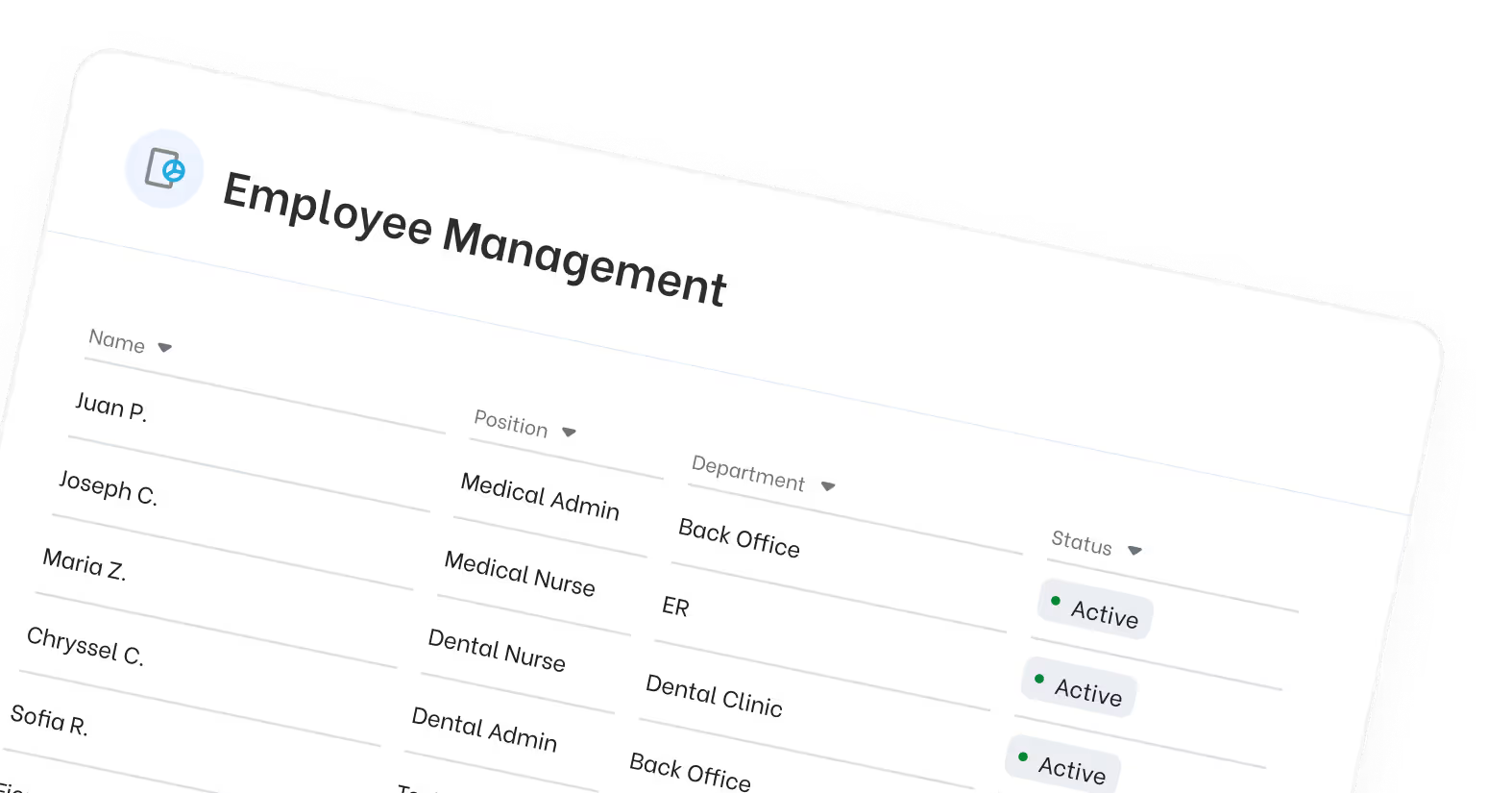5 Proven Strategies to Boost Medical Office Revenue Effectively

Improving medical practice revenue has never been more important. In a post-pandemic healthcare industry, rising administrative costs, shrinking reimbursements, and evolving patient expectations have made profitability more challenging than ever. That’s where MedVirtual steps in. As a leading provider of virtual staffing solutions, MedVirtual helps healthcare providers improve operational efficiency, reduce administrative duties, and optimize revenue cycle management (RCM) from the front desk to final billing.
Managing a small clinic or scaling a multi-specialty office, applying these 5 proven strategies to boost medical office revenue can transform your practice’s financial health and increase long-term stability.

1. Optimize Billing and Coding Accuracy
Accurate medical billing and coding practices form the foundation of any effective revenue cycle. Errors lead to claim denials, payment delays, and disrupted cash flow. To increase your practice revenue, you must invest in routine billing audits to uncover undercoding, overcoding, and unbilled services. Staff should receive advanced training in CPT, ICD-10, and HCPCS standards to ensure compliance and precision.
Using specialized support, such as MedVirtual’s virtual billing professionals, can help manage complex billing processes, boost payment compliance, and streamline claim submission. Adding real-time eligibility verification and prior authorization checks also significantly reduces claim rejections and protects your medical practice revenue from administrative errors.
2. Leverage Technology for Operational Efficiency
Digital transformation is no longer optional for growing medical practices; it’s essential. Optimizing your tech stack improves operational efficiency, supports better financial performance, and enhances the overall patient experience. Start by upgrading your EHR and practice management systems to automate data entry, claims tracking, and reporting.
Incorporate automated reminders and online scheduling tools to minimize no-shows. Use analytics to uncover workflow bottlenecks and identify opportunities for cost savings. Introduce a patient portal to enable digital patient registration, reduce patient inquiries, and streamline billing interactions.
MedVirtual's virtual assistants are trained to improve workflow by offloading time-consuming tasks, allowing your clinical staff to refocus on delivering patient-centered care and improving patient satisfaction.
3. Minimize Claim Denials and Rejections
Claim denials and claim rejections are persistent threats to a healthy revenue cycle. Without proactive denial management, you risk missing out on significant reimbursements and damaging your cash flow. To stay ahead, standardize your insurance verification and patient eligibility processes to catch issues before claims are submitted.
Predictive analytics tools can flag high-risk claims, enabling your team to make corrections early. Implementing a system to track denial trends and a reliable resubmission process helps prevent future issues. Ensure that billing staff are well-versed in documentation protocols and payer requirements to reduce costly denied claims.
By tightening up your workflows, you’re not just avoiding lost revenue, you’re reinforcing your entire revenue cycle management structure.
4. Enhance Patient Collections and Financial Communication
Today, patient financial responsibilities account for a significant portion of medical practice revenue. That’s why effective patient collections strategies are crucial. Start by clearly communicating financial policies during patient registration. Educate patients about their coverage and out-of-pocket obligations in advance.
Offering flexible payment options makes it easier for patients to meet their responsibilities. Adding financial counseling services ensures patients feel supported and informed. Send detailed billing statements and timely follow-up emails with secure payment links. Use your patient portal to allow patients to view balances, set up payment plans, and communicate with billing staff.
When patients understand and trust your financial process, it increases timely payments, fosters patient loyalty, and strengthens your revenue collection efforts.
5. Improve Patient Experience and Satisfaction
Improving patient satisfaction is more than good practice, it’s a direct driver of practice revenue, patient referrals, and retention. Modern patients expect quick service, minimal wait times, and a seamless experience.
Enhancing appointment accessibility through online scheduling and real-time updates reduces friction. Address patient inquiries quickly and with clear communication. Train your team to deliver personalized interactions that create a welcoming environment.
This emphasis on a positive patient experience leads to satisfied patients who return regularly and refer friends and family. The result? Better engagement, higher retention, and steady revenue growth.

Take Action: Boost Your Medical Office Revenue Today
These proven strategies provide a blueprint for sustainable growth in medical practices. Whether your goal is to reduce accounts receivable, optimize your revenue streams, or enhance financial stability, aligning your approach with best-in-class practices is essential.
MedVirtual supports many healthcare providers in strengthening their revenue cycle management (RCM), improving patient engagement, and unlocking new levels of financial optimization. When you streamline operations and center your efforts around high-quality patient care, better outcomes and improved practice revenue naturally follow.
Implement these key strategies today to take control of your medical practice revenue and thrive in a competitive healthcare industry.






